AI in Art: Exploring Creativity and Expression through Artificial Intelligence

The intersection of art and technology has given rise to a fascinating realm where algorithms and creativity converge – the world of AI in art. Artificial Intelligence, once confined to the realms of computation and automation, is now pushing the boundaries of artistic expression. From generating unique visual masterpieces to enhancing the creative process for human artists, AI in art is opening new avenues for exploration and redefining traditional notions of creativity.
The Rise of AI in Artistic Creation:
1. Generative Adversarial Networks (GANs):
At the forefront of AI in art are Generative Adversarial Networks (GANs), a class of algorithms that pit two neural networks against each other – a generator and a discriminator. GANs are special algorithms that use two networks, a generator and a discriminator, to create images. These images often blur the line between what humans and machines can produce. Artists and programmers work together to teach these algorithms various artistic styles using large sets of data.This dynamic interplay results in the creation of images that often blur the line between human and machine-generated art. Artists and programmers collaborate to train these algorithms on vast datasets, allowing AI to learn and replicate artistic styles.
2. Style Transfer:
Style transfer algorithms enable the infusion of different artistic styles into existing images. By leveraging deep neural networks, these algorithms can re-imagine a photograph in the style of a famous painter, seamlessly blending the visual characteristics of two distinct art forms. This technique not only demonstrates the versatility of AI in adopting various aesthetics but also offers a novel approach to artistic collaboration across time and genres.
3. Interactive Installations:
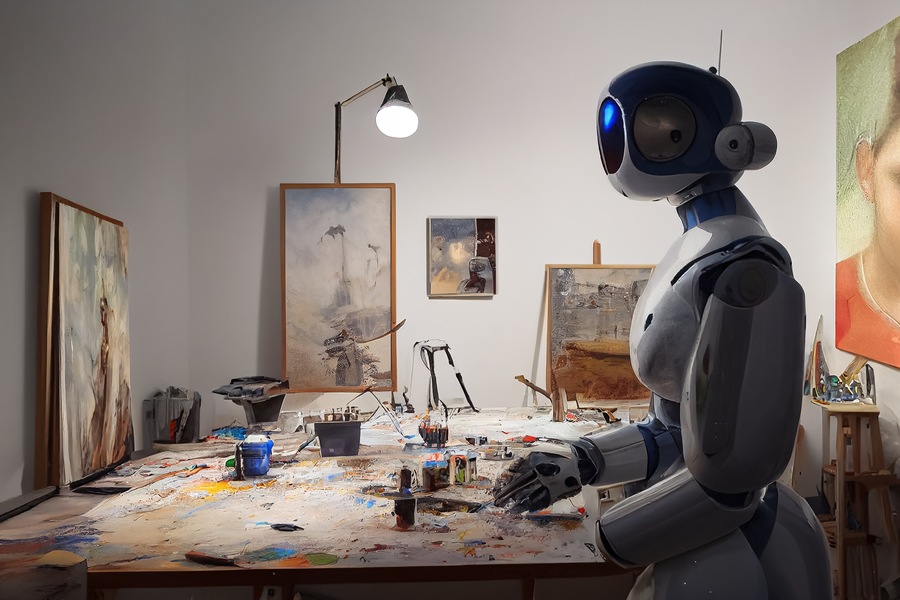
AI has found its way into the realm of interactive art installations, where it responds dynamically to human input. From AI-driven sculptures that morph and evolve based on viewer interaction to immersive experiences that adapt to the emotional state of the audience, these installations redefine the boundaries between the creator and the observer. AI becomes a co-creator in the artistic experience, generating a symbiotic relationship between technology and human expression.
AI and Human Collaboration:
1. The Creative Augmentation Paradigm:
Rather than replacing human artists, AI in art often serves as a tool for creative augmentation. Artists are using AI algorithms to explore new possibilities, enhance their workflows, and break through creative barriers. By leveraging AI to assist in generating initial concepts or exploring variations, artists can focus more on the conceptual and emotional aspects of their work, allowing technology to handle the repetitive or time-consuming tasks.
2. Enhancing Traditional Art Forms:
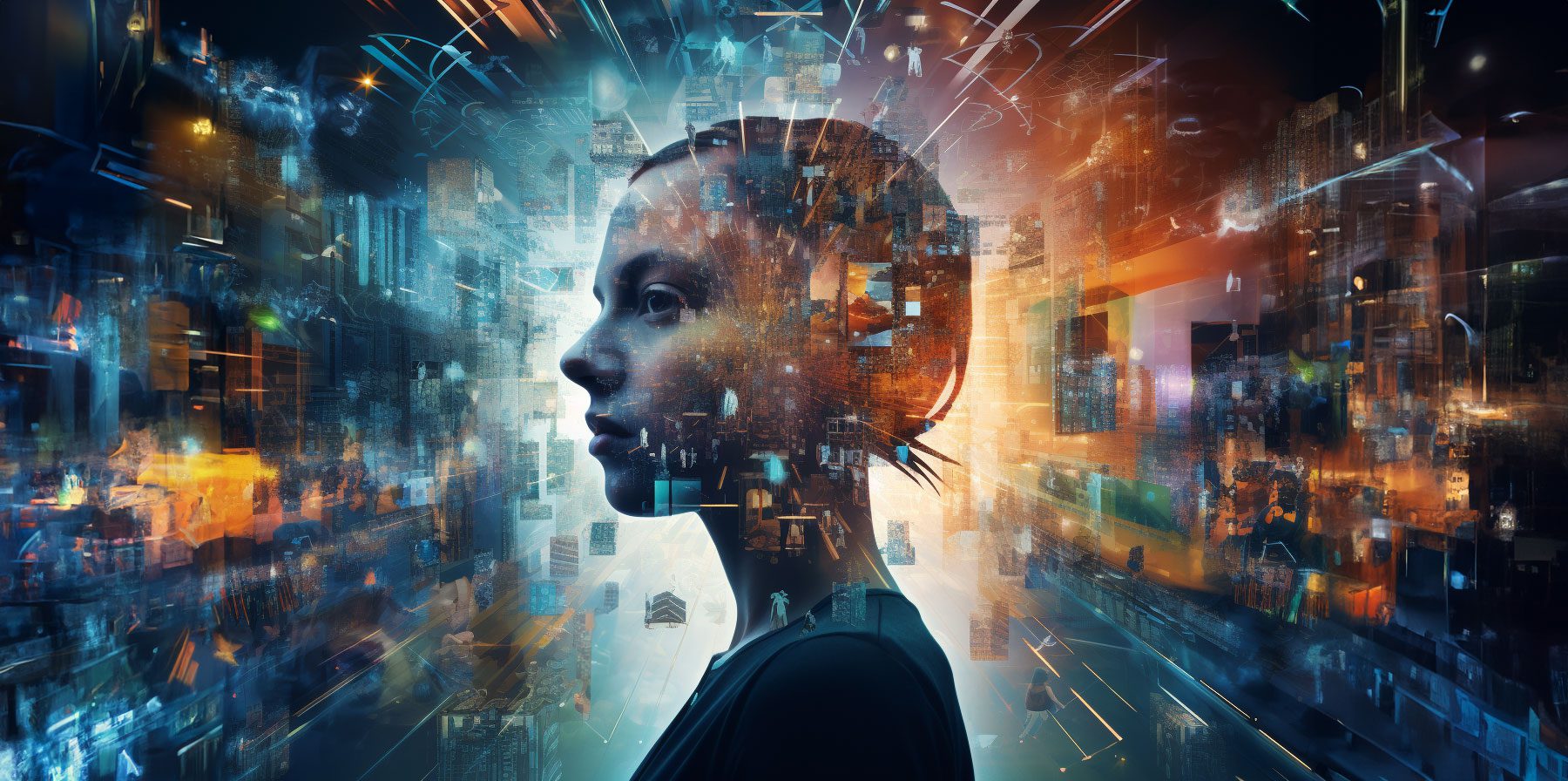 Traditional art forms, such as painting and music composition, are being reinvigorated through AI collaboration. Artists are experimenting with AI tools that assist in the creation of intricate patterns, colour schemes, or even entire compositions. This collaborative process not only accelerates the creative workflow but also introduces novel elements that may not have been conceived through traditional methods alone.
Traditional art forms, such as painting and music composition, are being reinvigorated through AI collaboration. Artists are experimenting with AI tools that assist in the creation of intricate patterns, colour schemes, or even entire compositions. This collaborative process not only accelerates the creative workflow but also introduces novel elements that may not have been conceived through traditional methods alone.
3. AI-Generated Music:
 In the realm of music, AI is composing original pieces that challenge preconceived notions of musical composition. Algorithms analyse vast datasets of musical genres, styles, and historical compositions to generate entirely new and unique musical pieces. The result is a fusion of familiarity and innovation, showcasing the potential for AI to contribute to the ever-evolving landscape of auditory art.
In the realm of music, AI is composing original pieces that challenge preconceived notions of musical composition. Algorithms analyse vast datasets of musical genres, styles, and historical compositions to generate entirely new and unique musical pieces. The result is a fusion of familiarity and innovation, showcasing the potential for AI to contribute to the ever-evolving landscape of auditory art.
Ethical Considerations and Challenges:
As AI becomes increasingly integrated into the art world, ethical considerations and challenges emerge. Questions of authorship, intellectual property, and the role of the artist in the creative process become more complex. The idea of attributing creative work to an algorithm prompts discussions on the nature of creativity, intentionality, and the essence of human expression.
1. Authorship and Attribution:
Determining who owns the rights to AI-generated art can be a legal and ethical quagmire. While the algorithm is a tool created by humans, the output often lacks a traditional human author. This raises questions about how to attribute creative works and whether AI-generated pieces can be considered original in the same sense as those created solely by humans.
2. Bias and Fairness:
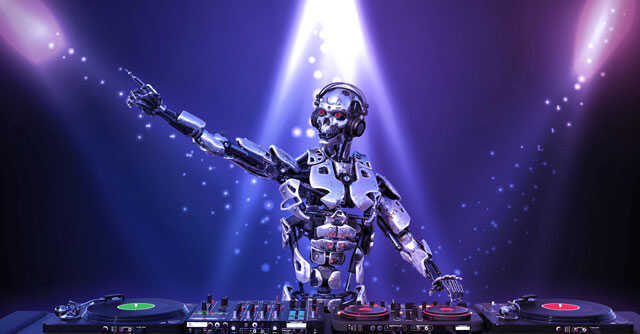 AI systems are trained on vast datasets that may inadvertently contain biases present in the data. When applied to art, these biases may manifest in the form of reinforced stereotypes or exclusion of certain styles or cultures. Addressing bias in AI art creation requires careful curation of training datasets and ongoing scrutiny to ensure fairness and diversity in the generated output.
AI systems are trained on vast datasets that may inadvertently contain biases present in the data. When applied to art, these biases may manifest in the form of reinforced stereotypes or exclusion of certain styles or cultures. Addressing bias in AI art creation requires careful curation of training datasets and ongoing scrutiny to ensure fairness and diversity in the generated output.
3. Preservation and Legacy:
The ephemeral nature of digital art generated by AI poses challenges for preservation and legacy. Unlike physical art, which can be archived and preserved for future generations, digital works may be subject to technological obsolescence or loss if not properly curated. This raises questions about how to preserve the legacy of AI-generated art and its place in the broader art historical narrative.
The Future of AI in Art:
1. Advancements in AI Creativity:
As AI algorithms continue to evolve, so too will their capacity for creativity. Future iterations may possess a deeper understanding of human emotions, cultural nuances, and evolving artistic trends. This could lead to AI-generated art that not only mirrors existing styles but innovates and evolves in response to the dynamic nature of human expression.
2. Human-AI Collaboration in Virtual Spaces:
Virtual reality (VR) and augmented reality (AR) technologies provide new avenues for human-AI collaboration in artistic realms. Imagine stepping into a virtual gallery where AI-generated artworks interact with the observer, creating a multisensory and immersive experience. Virtual spaces may become collaborative canvases where human and AI creativity coalesce in unprecedented ways.
3. AI as an Artistic Muse:
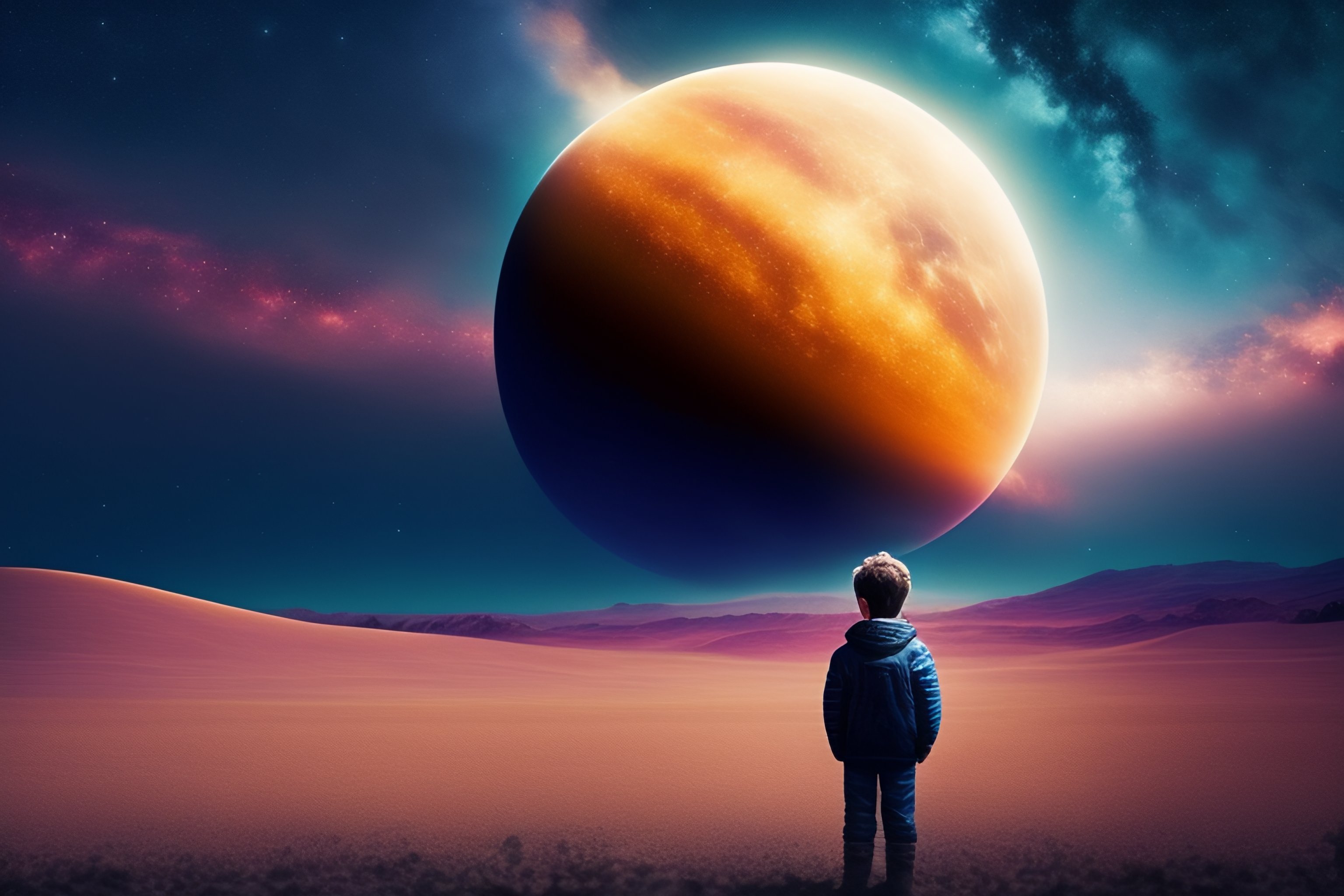
Rather than merely assisting artists, AI may become an inspirational muse, sparking new ideas and concepts. Artists could leverage AI to explore uncharted territories, challenge assumptions, and push the boundaries of their own creativity. The symbiotic relationship between human intuition and AI-driven exploration may redefine what it means to be an artist in the 21st century.
Conclusion:
AI in art represents a paradigm shift in how we conceive, create, and appreciate artistic expression. From the generation of visually stunning images to the augmentation of human creativity, AI's impact on the art world is profound and multifaceted. As technology continues to advance, the evolving relationship between AI and art invites us to reconsider the very nature of creativity, authorship, and the dynamic interplay between human and machine.
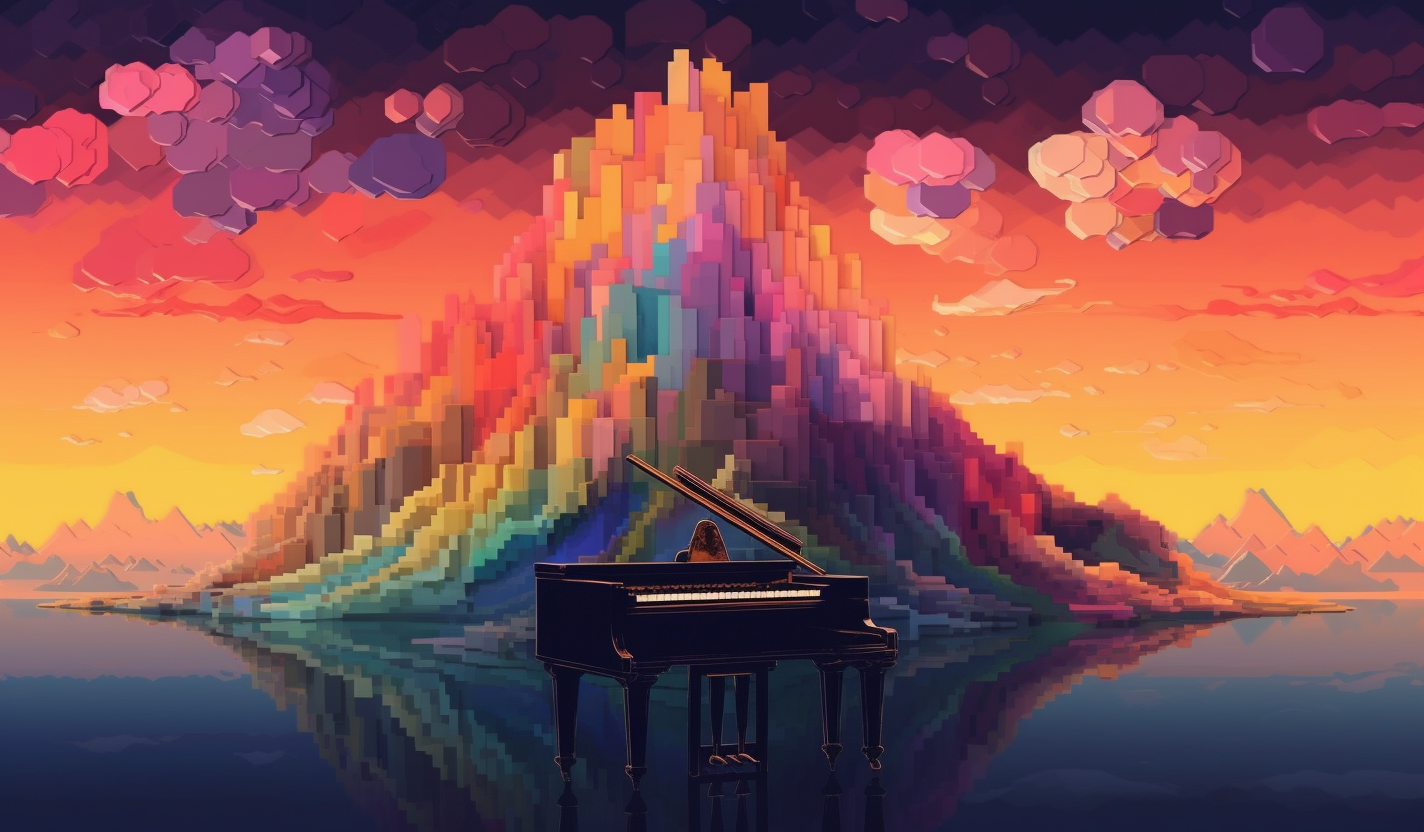
While challenges and ethical considerations persist, the promise of a future where AI enhances our creative capacities and expands the horizons of artistic exploration is undeniable. As we navigate this uncharted territory, the fusion of AI and art invites us to embrace the boundless possibilities that arise when technology becomes a collaborator, a co-creator, and a source of inspiration in the rich tapestry of human expression.





